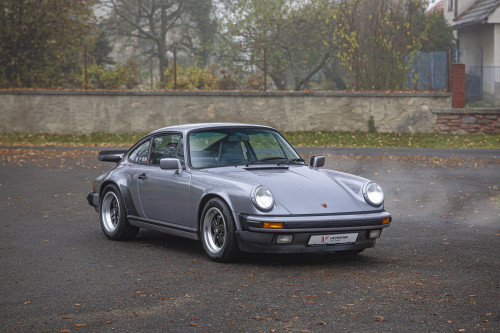Formula Renault is two classes of formula racing popular in Europe and elsewhere. Regarded as an entry-level series to motor racing, it was first founded in 1971, and is a respected series where drivers can learn advanced racecraft before moving on to higher formulas.
The Formula Renault 95 used multiple chassis, production 2.0-litre 8V 165 hp engines and Hewland five-speed manual gearboxes. Manufacturers were able to build cars around spec components such as the engine, bellhousing, gearbox, brakes, wheels and ECU. Chassis were steel space frame with fibreglass bodies. Manufacturers included Mygale, Martini, Swift, Tatuus, and Ermolli.
F Renault engine (F for fonte, French for cast iron) is an automotive internal combustion engine, four-stroke, inline-four engine bored directly into the iron block, water cooled, with overhead camshaft driven by a timing belt, and with an aluminum cylinder head, developed and produced by Renault. The F3R standard version of the engine was used in the Renault Laguna I.
This 1995 Martini Mk 70 is a Formula Renault race car powered by a 1,998cc Renault F3R inline-four paired with a 5-speed manual gearbox. It features fiberglass bodywork, front and rear wings, Momo steering wheel. Fiberglass bodywork wears a yellow and white Martini livery.
simple design, large cockpit, low operating costs
ready for the racing season
regular CarboniaCup participant
many spare parts supplied with the formula
2020 new fire extinguishing system and belts
Laminate fairing in Renault RE50 F1 colours (1984 - D. Warwick/P. Tambay)
In the mid-1990s, Renault commissioned Martini to develop a school formula for its academy for future Formula One drivers. The result of this development was a 10-unit series of Mk. 70s, of which 8 survive. In the mid-1990s, Renault commissioned Martini to develop a school formula for its academy for future Formula One drivers. The result of this development was a 10-unit series of Mk. 70s, of which 8 survive.The basis of the formula is an aluminium monocoque (not a tubular frame) with maximum use of then commonly available parts: the engine was derived from the Renault Laguna 2.0 8V or Renault Clio Sport dry-sump Renault Clio Sport brakes (discs today e.g. Dacia Logan), manual 5-speed Hewland gearbox. The emphasis in the design was on versatility, safety, ease of repair and low running costs. The result of the design is a simple, unpretentious machine that can be used as an entry-level formula for various club races or hill climbs.
| Production date | 1995 |
|---|---|
| Body Type | Open Single Seater |
| Engine | 1.998 ccm, 188 PS, I4 |
| transmission | Manual |
| Steering | Single Seater |
|---|---|
| Layout | Rear Wheel Drive |
| Color - exterior | Yellow / White |
| Color - interior | Black |
| Miles/Kilometers shown | N/A |
|---|---|
| Chassis / VIN | F3R0201 |
| Location - Country | Czech Rep. |
| Location - City | Hradec Kralove |
- CODE/TYPE : MK 70 F.R. - ENGINE: Renault F3R - CYLINDER: 1998 cc - POWER SUPPLY : injection - POWER: 185 hp - GEARBOX : Hewland - WEIGHT : 470 kg

Písek, CZ

Písek, CZ

Písek, CZ

Písek, CZ

Písek, CZ

Písek, CZ